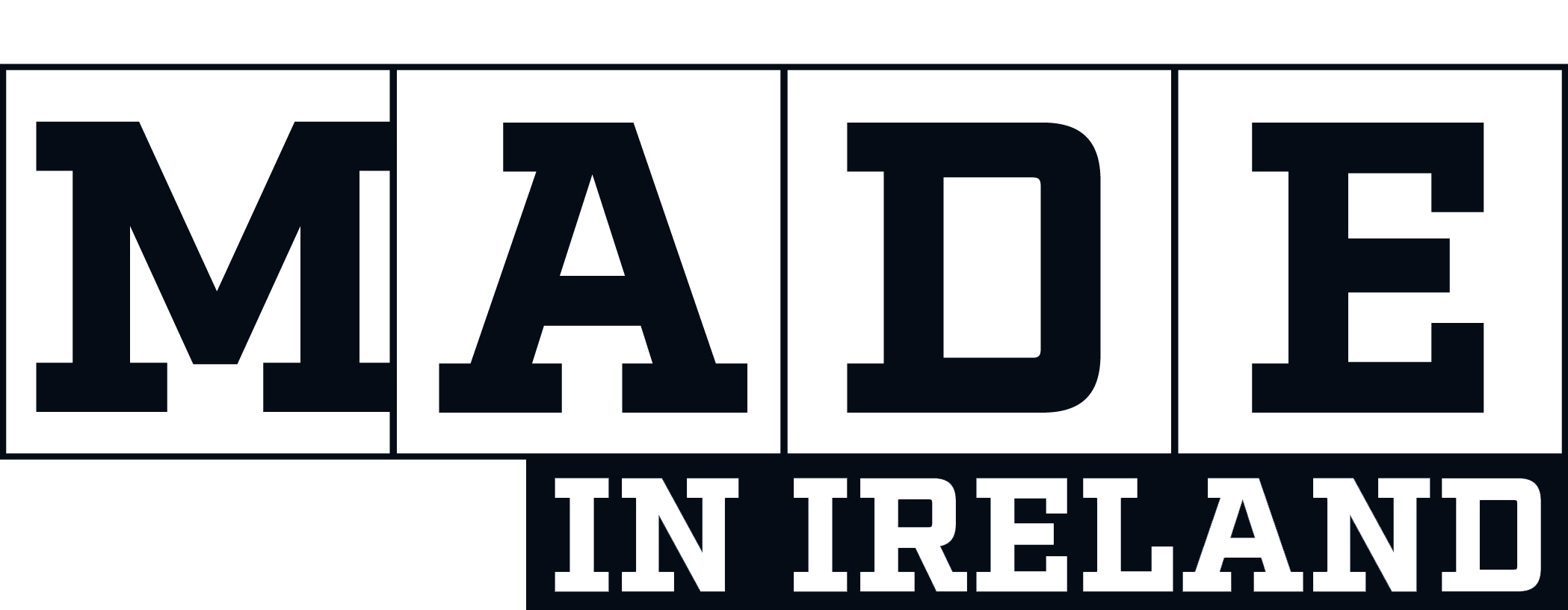The DIRAK solution features a pair of flush-mounted compression latches made of stainless steel with different housing lengths, one with a fixed but exchangeable cam, the other with tool-less adjustment using a knurled wheel. “All versions provide a precise compression combined with a flat surface.” explains Gary Miles, MD of FDB Panel Fittings.
These two design styles cater for a completely flush surface, and are discreet and safe, since the flush-mounted design is adjustable to sit fully flush to the door surface. It therefore avoids the risk of clothing getting caught, so offering increased safety, for example in escape routes – also for discretion where it is preferred for the latch to be non-obvious, for aesthetic or security reasons.
They are especially suited to railway carriage interiors and similar where people require to move in confined spaces such as corridors with storage cupboards or access doors to side rooms without nuisance unlatching and door opening. These latches are also suitable for other uses where anti-vibration, compression sealing and smooth surfaces are required.
The whole latch is vibration-proof, as tested in accordance with DIN EN 61373, and offers 6 mm of compression and enabling safe contact pressure without rubbing of the cam on the frame. For safety in operation, the closing position is clearly visible with marks on the housing and insert for easy checking of the exact latching status.
The design incorporates two housing lengths of 28 mm or 37 mm which allow for different door thicknesses from 13mm to 22mm and for the versatile use of materials including wood, fiberglass synthetics and sandwich-type boards. A range of H dimensions is possible: the standard version can be varied by exchanging the cam on the fixed version, and on the adjustable version, by turning the knurled wheel adjustment provided.
Plus, there are different assembly options, as the anti-rotation mounting flange can be used with countersunk screws and, if using washers, also with cylinder head screws or weld studs.










